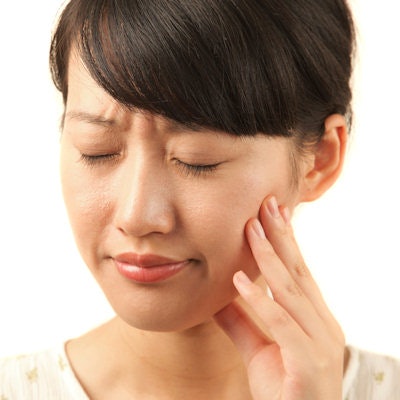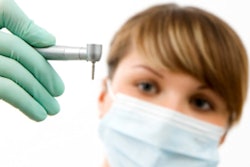
Can how patients describe their pain help you determine the underlying cause? Researchers studied 228 patients with an acute toothache and found that words matters.
Researchers from the New York University College of Dentistry wanted to see if the pain descriptions used by patients could help dentists identify the contributors to the pain. They used two sensitivity tests, cold detection (positive or negative) and percussion hypersensitivity (painful or not), and a list of 22 pain descriptors to find out.
Patients most frequently reported their pain to temperature and chewing, and they used pain descriptors such as "throbbing," "aching," "tingling," and "electric shock," the researchers wrote in the European Journal of Pain (June 26, 2019).
Patients who were able to detect a cold stimulus on the affected tooth reported high-intensity, paroxysmal shooting pain compared with patients who did not detect cold. This was in contrast to patients with percussion (mechanical) hypersensitivity on the affected tooth who reported higher levels of global pain intensity at rest and while using the tooth. These patients with percussion hypersensitivity reported significantly higher-intensity "radiating" and "throbbing" pain than subjects with nonpainful percussion.
The patients used neuropathic pain descriptors more frequently than the researchers initially expected, the study authors noted. This suggests that neuropathic mechanisms could contribute to typical toothache pain.
"Subjects experiencing toothache with mechanical hypersensitivity experience more intense pain overall," wrote the authors, led by Ozge Erdogan, DDS, of the department of endodontics at the New York University College of Dentistry in New York City.



















